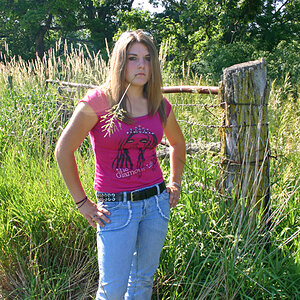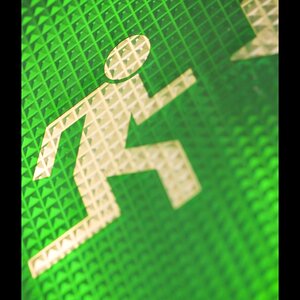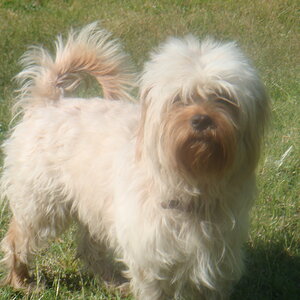EDL
No longer a newbie, moving up!
- Joined
- Apr 25, 2012
- Messages
- 697
- Reaction score
- 53
- Location
- Western Pennsylvania
- Can others edit my Photos
- Photos OK to edit
So I have the green light from the wife to buy a camera. It will have to be entry level, I just can't afford a $1000+ camera, so I'm looking at the $650-$750ish range with a kit lens to start. I know lenses are pricey for good glass and that will come later, but I have to get started. Unless I hit the lotto, I most likely won't be looking to buy a high end, full frame body any time in the near future either, so what I get now is going to have to last me a long time.
I love macro and the Canon MP-E65 lens is weighing strongly on my list for future purchase. In that vein I've got the Canon T2i as the camera on my list, but...
Along comes the new Nikon D3200. Higher pixels and as I keep reading here, better glass from Nikon over all. I know tubes and extenders and reverse lens techniques can be used for good macro, but the convenience of the MP-E65 keeps weighing on my mind.
Also, I have spent a little time just handling the Nikons and the Canons and there too I have a slight dilemma. The canon is a bit larger physically and does fit my hand a little better (I have big hands), but I do like how some of the Nikon controls are laid out, and as I have read here how they can all be assigned functionality to suit your personal tastes.
So, which one to go with. If it weren't for the MP-E65, I would pounce on the D3200, no question....but that MP-E65 is just so...well, awesome.
Part of me says go with the Nikon and deal with macro set ups later, and part of me thinks I might regret not being able to get and use the MP-E65.
Decisions, decisions...
I love macro and the Canon MP-E65 lens is weighing strongly on my list for future purchase. In that vein I've got the Canon T2i as the camera on my list, but...
Along comes the new Nikon D3200. Higher pixels and as I keep reading here, better glass from Nikon over all. I know tubes and extenders and reverse lens techniques can be used for good macro, but the convenience of the MP-E65 keeps weighing on my mind.
Also, I have spent a little time just handling the Nikons and the Canons and there too I have a slight dilemma. The canon is a bit larger physically and does fit my hand a little better (I have big hands), but I do like how some of the Nikon controls are laid out, and as I have read here how they can all be assigned functionality to suit your personal tastes.
So, which one to go with. If it weren't for the MP-E65, I would pounce on the D3200, no question....but that MP-E65 is just so...well, awesome.
Part of me says go with the Nikon and deal with macro set ups later, and part of me thinks I might regret not being able to get and use the MP-E65.
Decisions, decisions...




![[No title]](/data/xfmg/thumbnail/37/37603-739c5d9b541a083a12f2f30e45ca2b7b.jpg?1619738147)
![[No title]](/data/xfmg/thumbnail/36/36299-468f060314a0ac2bf5e37da1c33149d2.jpg?1619737493)
![[No title]](/data/xfmg/thumbnail/36/36301-27972c0474532c2ef657014362950733.jpg?1619737495)
![[No title]](/data/xfmg/thumbnail/37/37606-3c9ffb5906173fa2aa489341967e1468.jpg?1619738148)
![[No title]](/data/xfmg/thumbnail/37/37602-1ef8dbb1c2d0e4ff347ee65d328c3603.jpg?1619738147)

![[No title]](/data/xfmg/thumbnail/32/32805-61ca9a4fb87d37c0ef4f991ac1705e1f.jpg?1619735667)


![[No title]](/data/xfmg/thumbnail/35/35946-771bfce9b2727c9126587d96c471da80.jpg?1619737254)